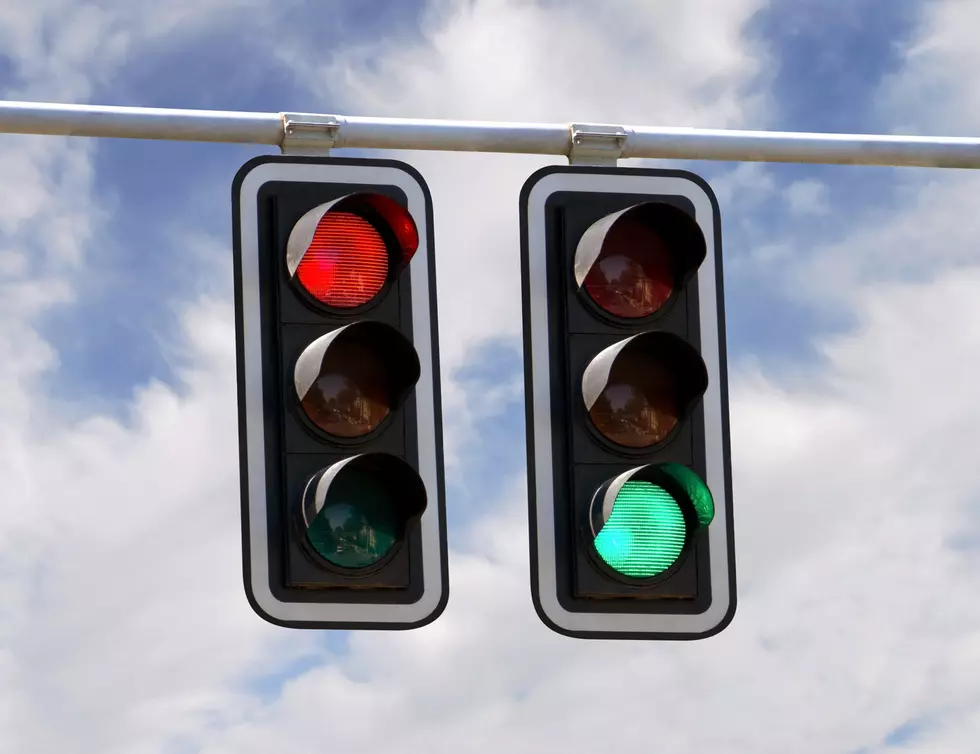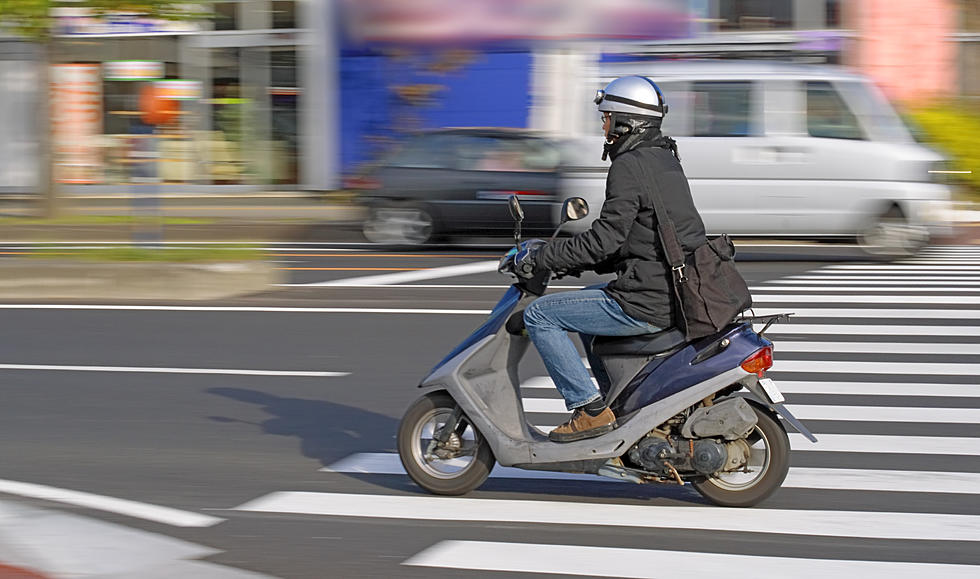![Route 130: New Jersey’s Most Dangerous Road For Pedestrians [AUDIO]](http://townsquare.media/site/385/files/2012/03/route130.jpg?w=980&q=75)
Route 130: New Jersey’s Most Dangerous Road For Pedestrians [AUDIO]
More than 400 pedestrians were killed on New Jersey's roadways over the last three years. A new report by the Tri-State Transportation Campaign identifies the most dangerous roads throughout the state.
For the past four years, Route 130 in Burlington is the deadliest road for pedestrians.
Between 2008 and 2010, 10 pedestrians were killed on that route, with the majority of the fatalities occurring between Burlington Township and Delran, according to the study.
Other New Jersey routes topping the list were Route 1&9 in Union County, and US-1 in Middlesex County.
"All three of these roads are arterials-roads designed to move vehicles with little regard for the safety of pedestrians or bicyclists who also use them," said Janna Chernetz, New Jersey advocate for the Campaign. "This type of planning has fatal consequences."
In the three years between 2008 and 2010, 435 pedestrians were killed on New Jersey's roadways. While the number of pedestrian deaths decreased in 2010 from 158 fatalities to 139, recently-released 2011 data from the New Jersey Department of Transportation show a slight increase in pedestrian fatalities.
New Jersey has been taking steps to improve pedestrian safety, but these deaths are a reminder that more can and should be done," said Matthew Norris, South Jersey advocate for the Campaign.
The Tri-State Transportation Campaign applauded efforts that are already underway to improve safety on the state's roadways. In 2009, the New Jersey Department of Transportation adopted an internal Complete Streets policy requiring that transportation planners and engineers consider all potential users of a roadway, including pedestrians and bicyclists, in the design of a new or significantly retrofitted road.
"NJ DOT's progressive complete streets policy is a good first step to reverse the damage done by earlier highway engineering practices but we don't have to wait for major road projects to see improvements. For example a handful of new development projects along US 130 in Burlington County are being completed without sidewalks-missed opportunities that would cost the taxpayers nothing," said John Boyle, research director at The Bicycle Coalition of Greater Philadelphia.
"If Complete Streets is really going to make an impact in New Jersey, all municipalities and counties need to pass Complete Streets policies. It is only through this collaboration of local and state government that the safety of all who use New Jersey's roads can be assured," Chernetz said.
"All citizens, no matter their age and including those with disabilities, are pedestrians whether for short or long distances. We all need to know that when we use the sidewalks and cross streets, our safety has been paramount in the planning and design and not just to move motorists faster to their destinations," said Karen Jenkins, chair of the board of directors of the New Jersey Bike & Walk Coalition.
The analysis found that the state's most dangerous roads for walking over the three-year period from 2008-2010, ranked by highest number of fatalities were:
- US-130 (Burlington Pike), Burlington County 10
- Route 1&9, Union County 9
- US-1, Middlesex County 7
- Route 35, Middlesex County 6
- Route 28 (North Ave, Front St, Westfield Ave), Union County 6
- US-46, Morris County 6
- US322/40 (Black Horse Pike, Albany Ave), Atlantic County 6
- US-9, Monmouth County 5
- Route 36, Monmouth County 5
- White Horse Pike (US-30), Camden County 5
- Route 22, Somerset County 5
- Route 9, Ocean County 5
More From New Jersey 101.5 FM









